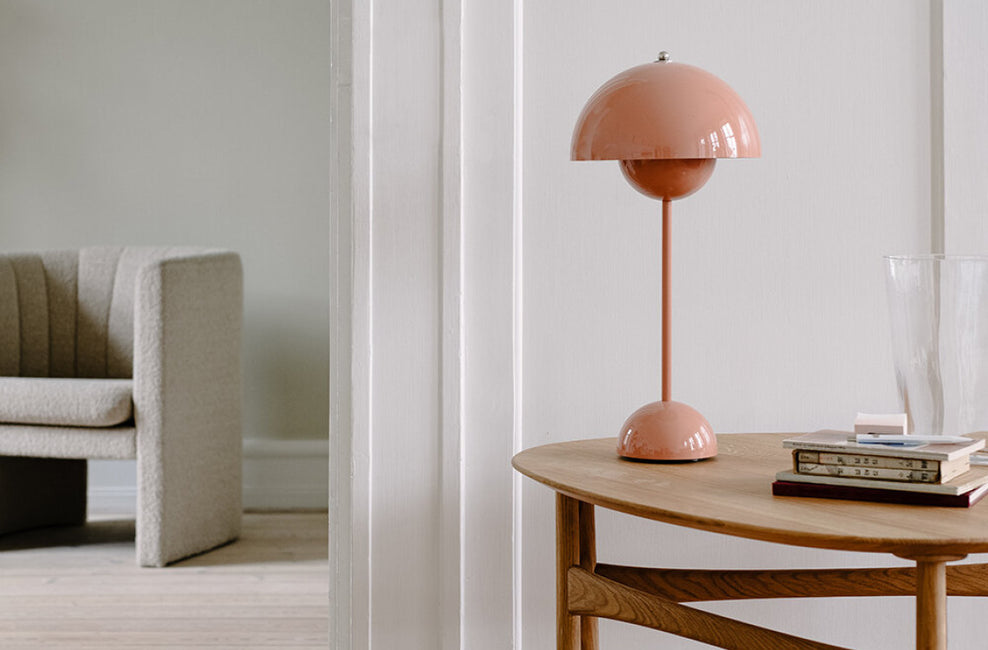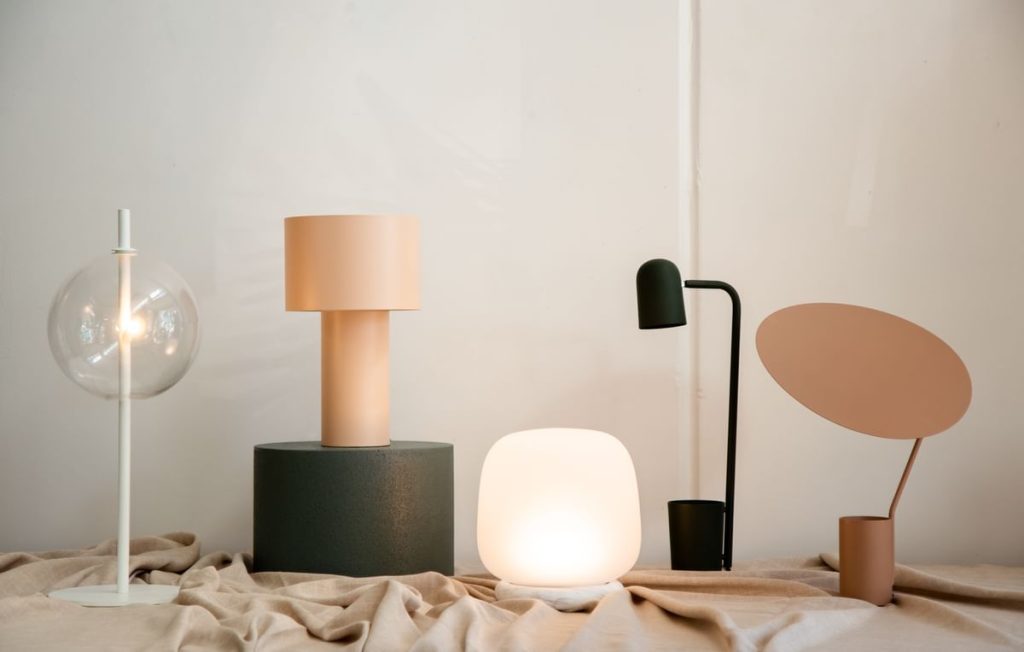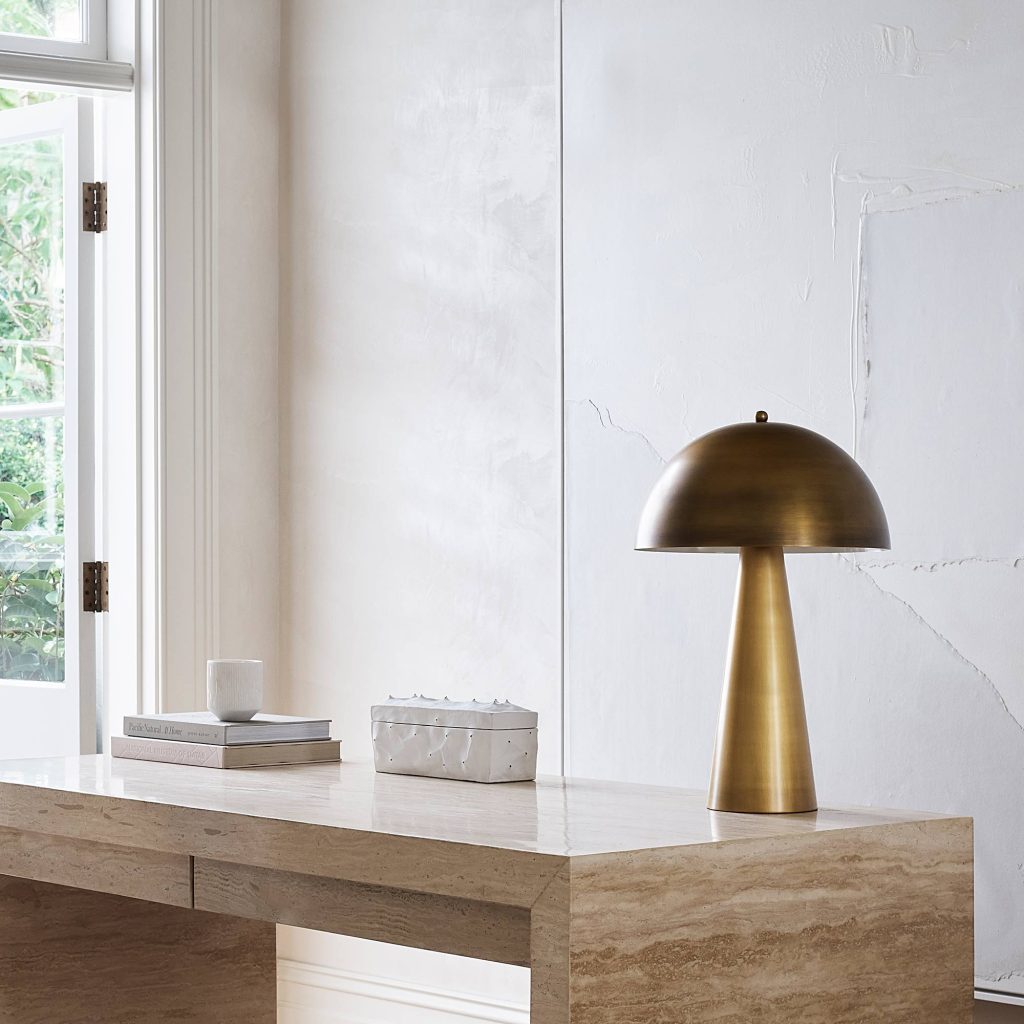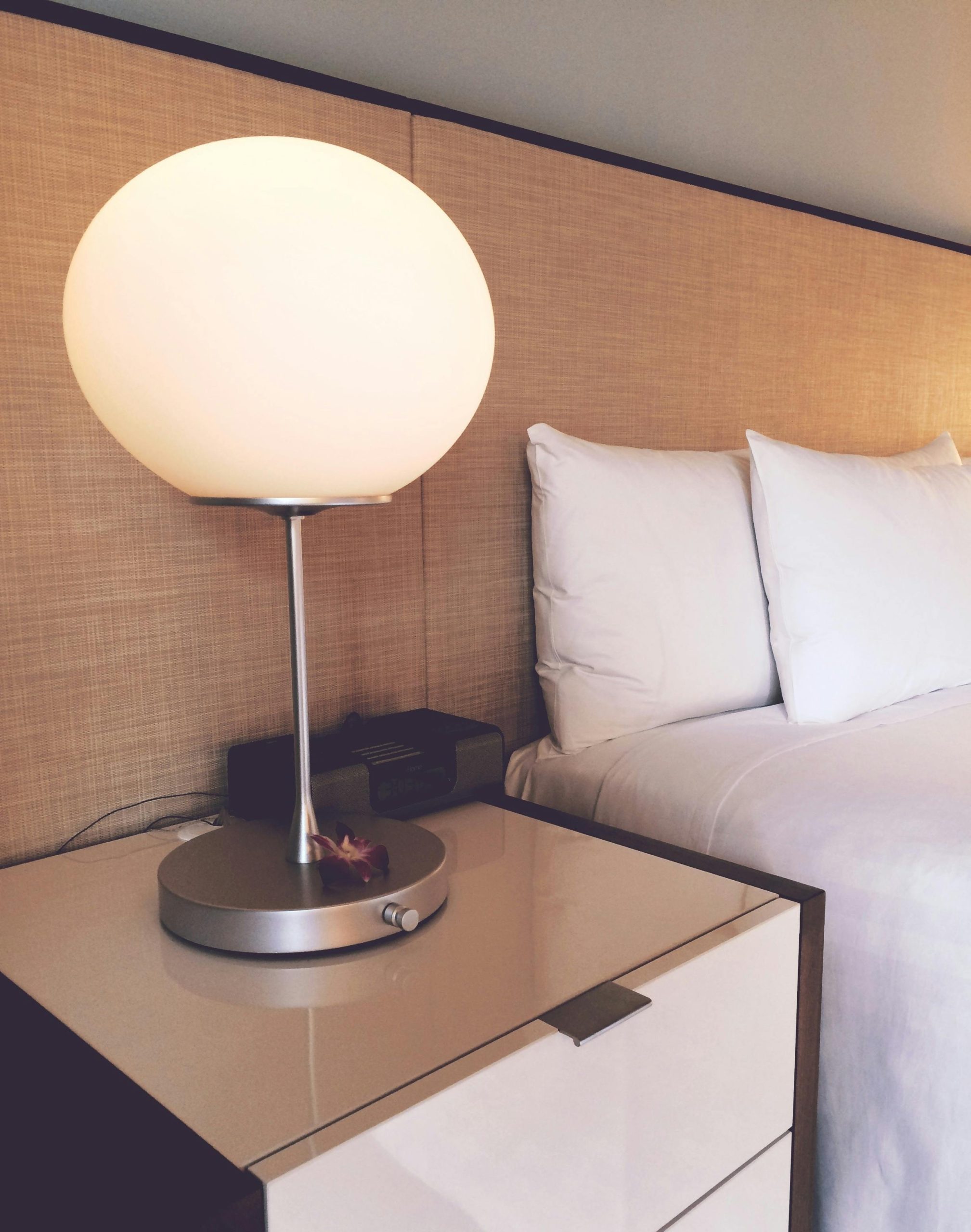There are a variety of tables that can be used for light lappinlighting. These tables can be used to hold objects such as pictures, statues, or lamps, or they can be used to place items such as lamps and photo frames on the table. The different types of tables vary in terms of how well they reflect light. Some tables are made with a shiny surface that will reflect more light, while others have a matte finish that will cast a more shadow-like image.
One of the most important factors when choosing a table for light is its size. A table that is too small won’t be able to cast a good enough shadow for your subject, and a table that is too large will block some of the light from hitting your subjects. To find the right size for your needs, measure both the number of guests you plan to bring along and the space you plan to dedicate to their use. Once you have this information, you can start shopping by browsing online retailers or visiting local businesses who sell Tables for Light.
What are the Benefits of Using Tables for the Best Light.

When it comes to using tables for light, there are many benefits that can be experienced. One benefit is that these tables allow photographers and artists to work in areas where other surfaces may not be conducive to painting or sculpture. Additionally, using tables also allows people with physical disabilities to take advantage of them without havingto rely on mobility aids. Tables for light also allow people with vision problems to enjoy the use of light without having to look at lamps from a distance.
How to Choose the Right Tables for the Best Light.

Tables should be sized to fit the space they occupy. If your table is too small, you won’t be able to fit any tools or materials on it, and the light will suffer. Table sizes vary depending on the type of light being used, so make sure you choose one that corresponds to the kind of light your table will be used in.
Choose the Right Material for the Tables.
The material a table is made from can also play a role in how well it will reflect light. For example, some tables are made out of plastic that can become scratched or dented over time. To avoid this, consider using a table material that is resistant to scratching or denting.
Choose the Right Weight of Tables.
When choosing a weight for your tables, make sure it’s appropriate for the space they occupy and the amount of light being used. You may also want to consider how much weight each individual chair or table will add to your packing and travel load density (a measure of how much luggage and other items can be carried when travelling).
Choose the Right Finish for the Tables.
Choosing a finish can help protect against scratches and dents over time and give yourtable an attractive appearance. finishes include matte, satin, chrome, black oxide, white oxide, leather…the list goes on!
How to Use Tables for the Best Light.

When it comes to using tables for the best light, a few things are important. The tables should be located in a way that ensures good illumination, and the placement of the tables should be consistent across all areas of the room. Additionally, use Tables in the Right Way to improve your shot. For example, if you want to use a table in a bright corner of the room, place it near an open window or door so light shines directly on your subject.
Use the Tables in the Right Way.
Tables can also help you create interesting lighting effects. Try moving different objects around on your table to create variety and interest in your shots. You can also use table lamps as sources of light, and position them near objects or people to add more Depth of Field (DoF).
Location and Use: The Top 3 Tips.
Another key factor when positioning tables is their location: where they are placed will affect how well they’ll illuminate your subjects. Place them in strategic positions around your room so that you have plenty of light but not too much noise or shadows from other furniture or walls. And never forget about using umbrellas!
